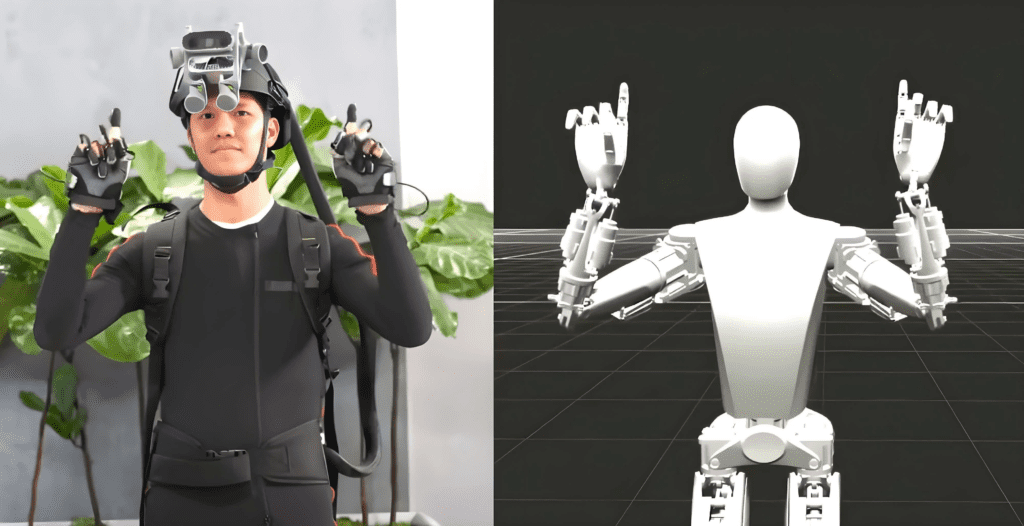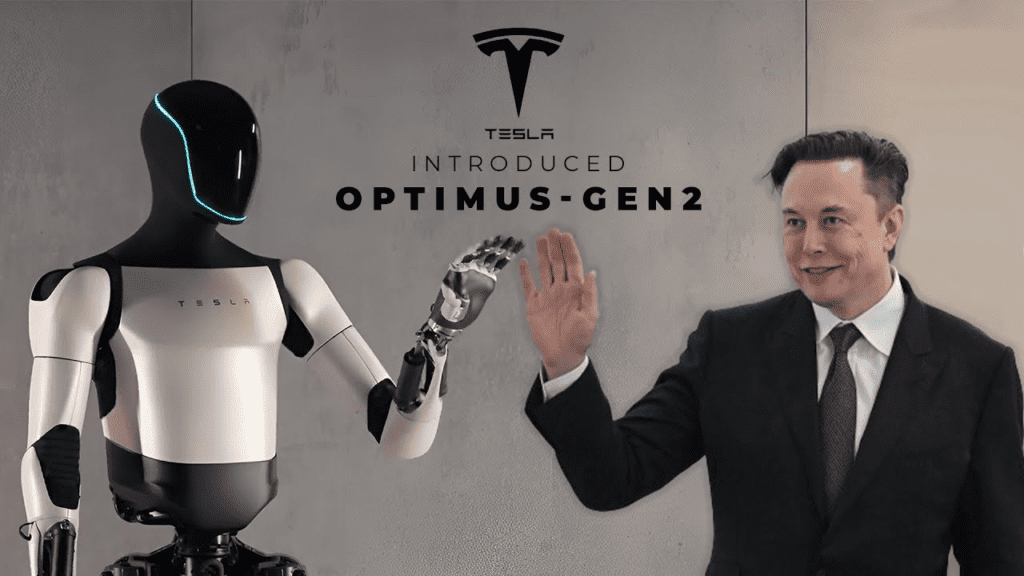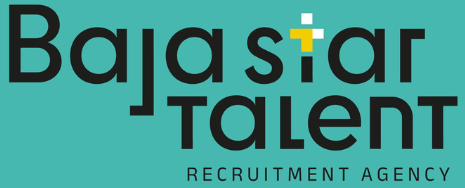If you’re willing to spend hours performing slow movements to collect data that helps “humanize” the robot, here are the conditions.
Tesla is looking for individuals to train its humanoid robot, Optimus, which needs to be programmed to make truly human-like movements—or at least, it’s hiring workers to take those literal steps. According to job postings on LinkedIn, Indeed, and Tesla’s own website, Elon Musk’s electric vehicle company is recruiting “data collection operators,” essentially people who move and act in a human manner to help program the robot.
The job involves wearing a motion capture suit and virtual reality headsets to simulate the movements and actions of the bots. According to the job listing, applicants should be between 5’7″ and 5’11” tall and physically fit to walk for more than seven hours a day. The pay ranges from $25.25 to $48 per hour.

In 2021, Tesla introduced its Optimus project with the aim of using it for tasks within the factory that were “unsafe, repetitive, or boring.” This project aligns with a growing industry trend toward automation, driven by labor shortages during the pandemic. According to Westernacher Consulting, in 2016, only 10% of warehouses utilized advanced automation technology, but robot shipments are expected to grow 50% annually until 2030, according to data from McKinsey.
However, Tesla’s automation efforts have yet to fully meet their targets. Like other Elon Musk projects, the timeline for Optimus has set high expectations without fully delivering on them. In 2022, Musk suggested that Optimus production could begin in 2023. Initially, robotics experts viewed the 2022 Bumble C prototype with skepticism, finding it less impressive than anticipated.

“While there is absolutely nothing wrong with the humanoid robot that Musk briefly demonstrated on stage, there is also nothing exceptional about it,” wrote Evan Ackerman, a robotics editor for IEEE Spectrum, a technology magazine. “We were hoping (though not necessarily expecting) more from Tesla.”
Since then, Optimus has made progress. In its latest iteration, the robot completed its first autonomous task by handling batteries at one of Tesla’s facilities, according to reports from the second quarter of 2024. Musk announced in July that production of these robots for internal use could begin as early as next year, with plans to sell them to other companies by 2026. Tesla did not respond to Fortune’s request for comments.
The Tesla CEO has expressed optimism about the impact Optimus could have on the company’s operations, confident that the robots could push Tesla’s valuation to $25 trillion, a significant increase from its current $692.94 billion valuation, and far above Apple’s $3.41 trillion market cap. Musk projects eventual production of over 20 billion units, arguing that the 8 billion people on the planet will want the product, along with growing industrial demand.
However, competition in the field of automated robotics is heating up. In February, Figure, another AI-driven robotics company, announced that it had raised $675 million in its latest funding round, reaching a valuation of $2.6 trillion. Earlier this year, the company, backed by the startup fund of OpenAI, Microsoft, Nvidia, and Jeff Bezos’ Bezos Expeditions, signed a commercial agreement with BMW to assist the automaker in vehicle manufacturing. After identifying the most effective uses for the technology, Figure and BMW will deploy the robots at the automaker’s Spartanburg, South Carolina, factory.
For Tesla to effectively compete against other AI-driven robotics companies, it will have significant work ahead. The Optimus robots will require constant updates and new prototypes, argued Animesh Garg, a robotics professor at the Georgia Institute of Technology and principal researcher at Nvidia Research. Each component and update is specific to the robots, and the initial research into worker-driven efforts to collect data on their operation represents a considerable investment and a risk.
“Producing robots at scale is extremely difficult,” Garg told Business Insider. “The amount of data collection you would need could easily reach $500 million, and the real question is, ‘Even if you do that, will you succeed?’ Because there’s no guarantee of success.”
